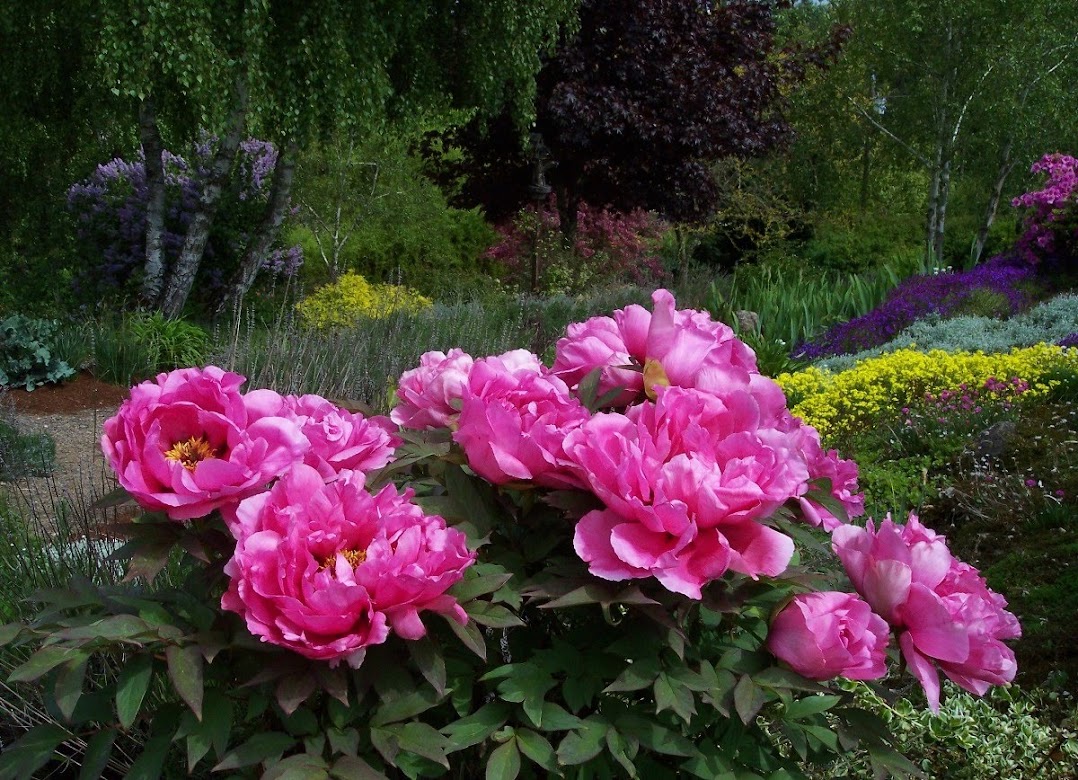Kale (Brassica oleracea)

Kale. Who loves you baby?
We all do! Worldwide, cruciferous vegetables have beautiful color, texture, and some even display their ruffled edges, and kale is a star among them. It is one of the easiest things to grow, nutritionally one of the best; high yielding, fast growing, and just like the energizer bunny she just keeps on giving. What’s not to love?
Brassica, a genus of plants (family Cruciferae aka Brassicaceae) includes a prolific family of Bok Choy, Broccoli, Brussels Sprouts, Cabbage, Cauliflower, Collards, Kale, Kohlrabi, Mustard, Rutabaga, Turnips… It is said to have originated in Asia Minor, eaten by ancient Greeks and Romans, brought to Europe by the Celtics, and to the United States in the 17th century.
Kale prefers cooler temperature, and in our Pacific Northwest garden it has been a most reliable vegetable producing abundantly year round,
winter, spring, summer or fall (I think I just broke out in song). And you know what else? After a frost, nature gives it a final brush of sweetness. With regular watering and full sun, it thrives in slightly enriched organic garden soil with good drainage. Organic heirloom seed varieties can produce beautiful deep green to blue curled leaves to the bright purple stems of
Russian Red Kale.
Nutrition: according to the American Heart Association, kale is rich in beneficial antioxidants, vitamins K, A, C, B6, along with many other cancer-preventing compounds, and is a good source of fiber and calcium.
Propagation: sow seeds outdoors in early spring, or as we did, start them indoors in a sterile starting mix; once germinated, they were transferred to our garden hoop house.
Harvest: snap off the outer leaves and allow the smallest, terminal growth to continue to produce. Rinse, dry and you’re ready to cook.
Versatility: combine younger leaves in your salad; sauté, steam, braise and serve as a side dish or entree; include in your omelets, casseroles, potatoes, pasta, soup and stews; and it freezes beautifully all by itself for addition to your meals at a later time.
As an added bonus here is a simple favorite recipe.
Sautéed Kale (or Kohlrabi leaves, Spinach…)
3 Tablespoons Olive Oil, divided
3 spring onions, chopped
1 to 1 1/2 lbs Kale or Kohlrabi leaves, tougher ribs removed, and leaves chopped into 1-2 inch pieces
3 cloves garlic, diced
Salt, to taste
Black pepper, to taste
1/4 teaspoon red pepper flakes (optional)
1/2 cup vegetable broth (or chicken broth)
2 Tablespoons Red wine vinegar or Balsamic

Heat 2 tablespoon olive oil in a Dutch oven, add chopped onions, touch of kosher salt and freshly ground pepper, and sauté for several minutes over medium heat. Add chopped Kale and cook on medium high heat for several minutes, tossing with two utensils until all is coated and bright green.
Reduce the heat to medium and push the leaves aside; add another tablespoon of olive oil to the empty side and add the diced garlic, a pinch of salt, crushed red pepper flakes and cook for about a minute. (Be careful not to burn the garlic.)
Add the vegetable broth and heat to simmer. Cover and cook for 5-10

minutes, stirring occasionally until desired tenderness. Add your choice of vinegar, stir and taste for any additional salt or pepper. No need to fret if you have cooked too much for it heats nicely the next day, or simply freeze it to enjoy at a later date.
Note: We do not remove most of the rib with kale since we like the crunch, but do so with kohlrabi since it is coarser. Sautéing spinach takes a minute, and in that case sauté the garlic with the onions. For any bacon lovers out there, you might consider sautéing a slice of bacon (chopped) in the beginning process.

Grilled wild Alaskan salmon, baked sweet potato fries and a little kale. Oh, so good and so good for you.





















